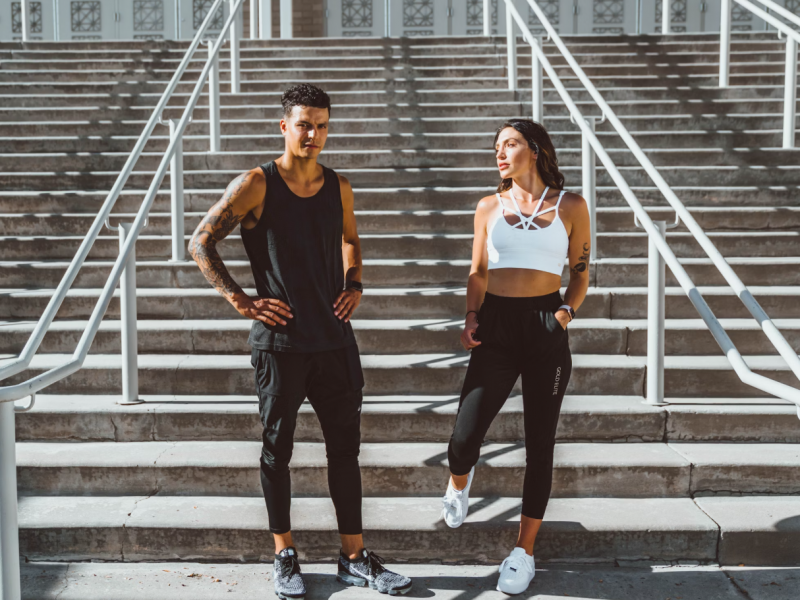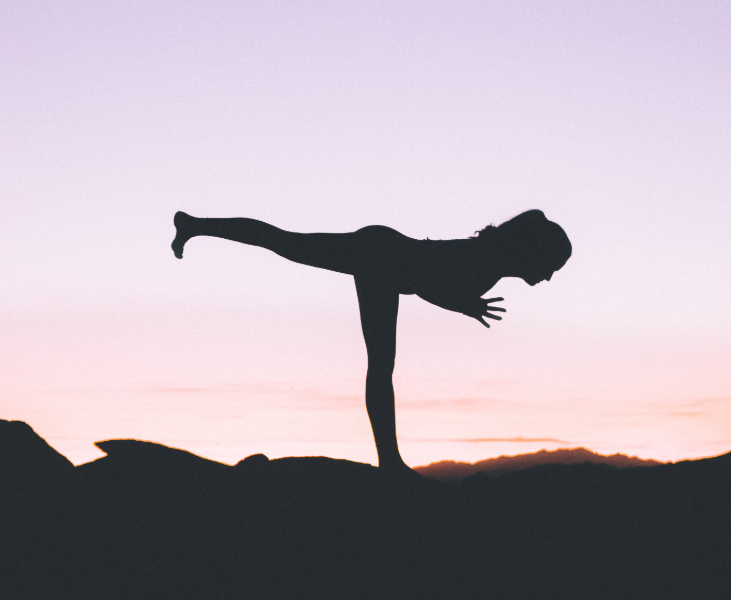Introduction to Beginner Workout Essentials
Starting your fitness journey is exciting, but stepping into a gym or rolling out your mat at home can feel overwhelming without the right gear. As a beginner, equipping yourself with essential workout tools isn’t just about looking the part—it’s about building habits, enhancing performance, and staying injury-free. Let’s break down what you actually need and why it matters.

Importance of Choosing the Right Gear
Injury Prevention
Wearing the wrong shoes or skipping proper support can result in muscle strain, sprains, or worse. The right gear helps align your body, reduce stress on joints, and offer much-needed support as you push your limits.
Enhancing Performance
When your gear fits well and supports your movements, you can train harder and longer. Whether it’s the grip of your shoes or the breathability of your shirt, every detail matters.
Apparel Essentials for Newbies
Moisture-Wicking T-Shirts
Say goodbye to cotton tees that cling and chafe. Invest in breathable, sweat-wicking tops that keep you dry and comfortable throughout your session.
Supportive Sports Bras
For women, a quality sports bra is non-negotiable. It should offer ample support for your level of activity—high-impact for running or HIIT, and low-impact for yoga or pilates.
Compression Leggings and Shorts
These aren’t just trendy—they improve circulation, reduce muscle fatigue, and offer better movement control. Look for ones with a good waistband and zero transparency when stretched.
Footwear Fundamentals
Running Shoes vs. Cross-Trainers
Different workouts require different support. Running shoes are built for forward motion and cushioning, while cross-trainers offer lateral support—ideal for gym workouts and circuits.
Shoe Fit and Arch Support
Always try shoes on at the end of the day when your feet are more swollen, mimicking workout conditions. Choose pairs that match your arch type—flat, neutral, or high.
Equipment Must-Haves
Resistance Bands
These lightweight, versatile tools are perfect for strength training, mobility work, or stretching. Plus, they take up zero space and are beginner-friendly.
Dumbbells and Kettlebells
Start with lighter weights and increase gradually. Dumbbells are great for isolated movements, while kettlebells shine in full-body, dynamic exercises.
Yoga Mat
Essential for floor workouts, stretching, or yoga. Go for one with a non-slip surface and adequate thickness (at least 6mm) to protect your joints.
Foam Rollers
Recovery is as important as the workout itself. Foam rollers aid in muscle recovery, improve flexibility, and prevent injury.
Fitness Tech and Accessories
Smartwatches and Fitness Trackers
Track steps, calories, heart rate, and even sleep. These devices offer valuable insights, especially if you’re goal-oriented or love data-driven progress.
Wireless Earbuds
Good music = better workout. Choose sweat-resistant, secure-fit earbuds to keep you focused and untangled.
Water Bottles and Hydration Packs
Hydration is key. A durable, BPA-free bottle is a basic must-have. For outdoor enthusiasts, hydration packs allow for hands-free sipping on the go.
Home Workout Essentials
Adjustable Benches
If strength training is your goal, a sturdy bench is a game-changer. Look for adjustable incline and flat settings for maximum versatility.
Pull-Up Bars
Perfect for doorway installations. They’re compact, effective for upper-body workouts, and help build grip strength.
Jump Ropes
Excellent for cardio, coordination, and calorie-burning. Lightweight and budget-friendly, a jump rope is a simple yet powerful tool.
Gym Bag Checklist
Towels
Pack a small workout towel to wipe sweat and a larger one for post-shower hygiene—most gyms appreciate the courtesy.
Lock and Personal Care Items
A secure lock protects your belongings. Don’t forget deodorant, wet wipes, and a change of clothes for convenience and hygiene.
Budgeting Tips for Beginners
Prioritize Quality Over Quantity
It’s better to have fewer, high-quality items than a drawer full of cheap, ineffective gear. Think of this as an investment in your body and goals.
Shop Deals and Second-Hand Options
Don’t underestimate sales, outlet stores, and second-hand platforms. You can find near-new gear at a fraction of the price.
How to Choose the Right Gear for You
Assess Your Fitness Goals
Your gear should match your intentions. Running? You’ll need proper shoes. Lifting? Invest in resistance tools. Yoga? Focus on mats and flexibility aids.
Match Gear to Workout Type
There’s no one-size-fits-all here. Strength training, cardio, mobility work—each calls for specific tools to get the most out of your efforts.
Conclusion
Getting started with fitness doesn’t require a full-blown gym or a closet full of gadgets. With the right foundational gear—chosen with care and matched to your needs—you’re setting yourself up for consistent, comfortable, and safe progress. Think of your gear as your workout wingman: reliable, supportive, and always ready to help you succeed.
FAQs
1. What’s the most important gear to start with as a beginner?
Start with good shoes, moisture-wicking clothes, and a yoga mat. These cover most workout basics.
2. Do I need to buy everything at once?
Not at all. Begin with core items and gradually add more as your routine evolves.
3. Can I work out effectively at home with minimal gear?
Absolutely. A mat, resistance bands, and bodyweight exercises can deliver great results.
4. How often should I replace my workout shoes?
Roughly every 300–500 miles of use, or when the tread and cushioning wear out.
5. Are fitness trackers worth it for beginners?
Yes, especially if you’re motivated by metrics. They help track progress and encourage consistency.

